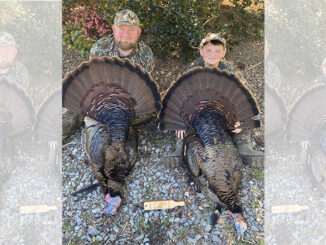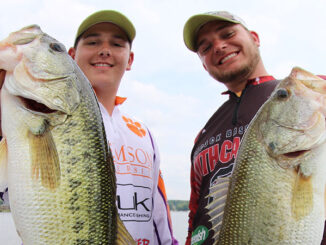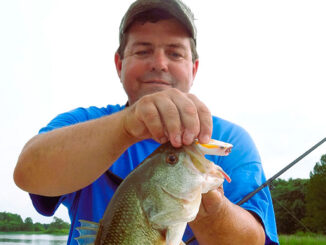Winter bassing at Shearon Harris
Anglers can catch quality bass at Shearon Harris during winter. (Photo by Tony Garitta)
Catch ‘em

Nick and Carter Gaines both struck NC gold on opening morning of the 2024 turkey hunting season with two beautiful Chatham County gobblers. […]

In May, anglers on Lake Russell can expect to catch a good mix of spotted bass, largemouth, and stripers. […]

During May, anglers can expect hot action from just about every species of fish that swims in the Santee Cooper lakes. […]
Copyright 1999 - 2024 Carolina Sportsman, Inc. All rights reserved.
Be the first to comment